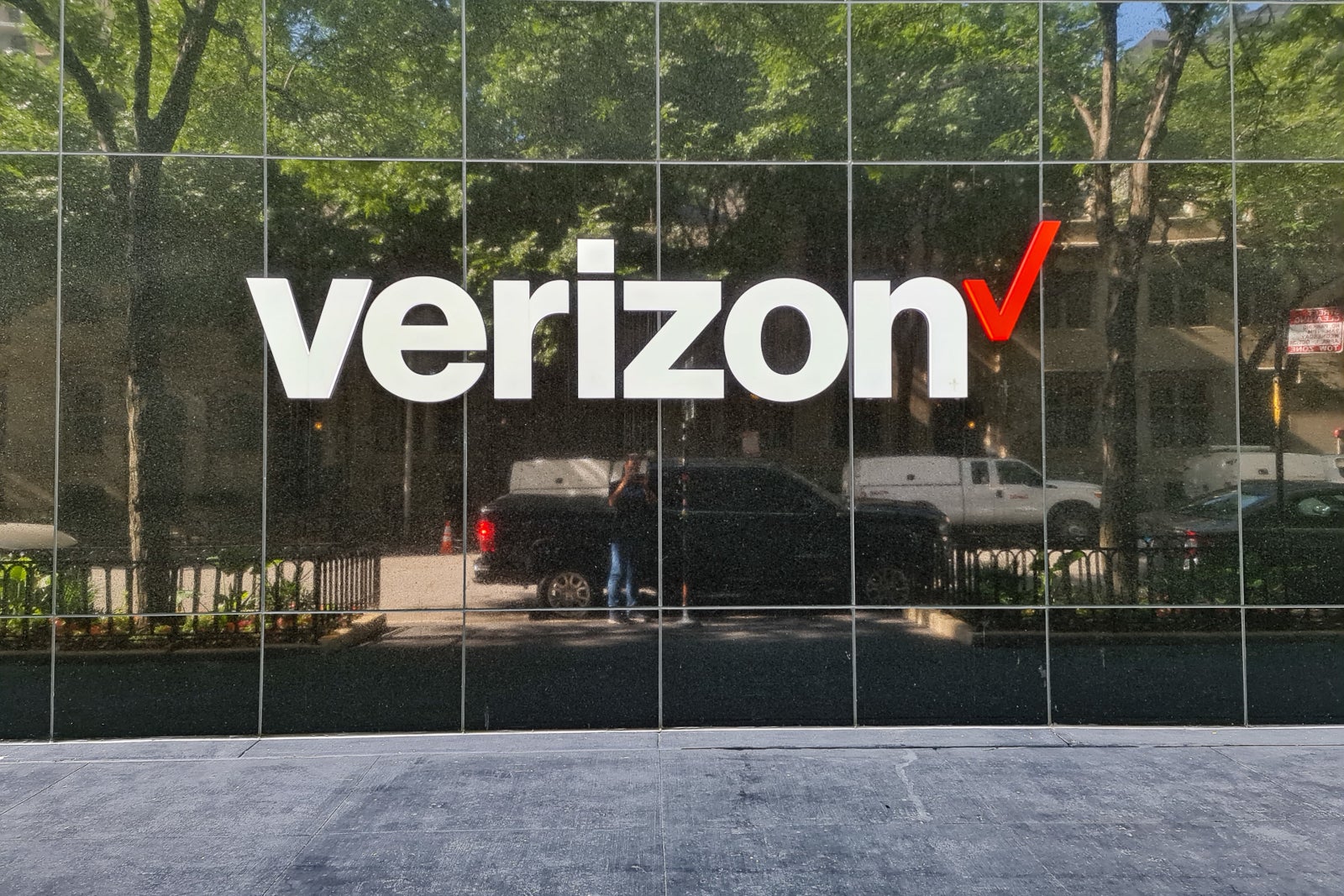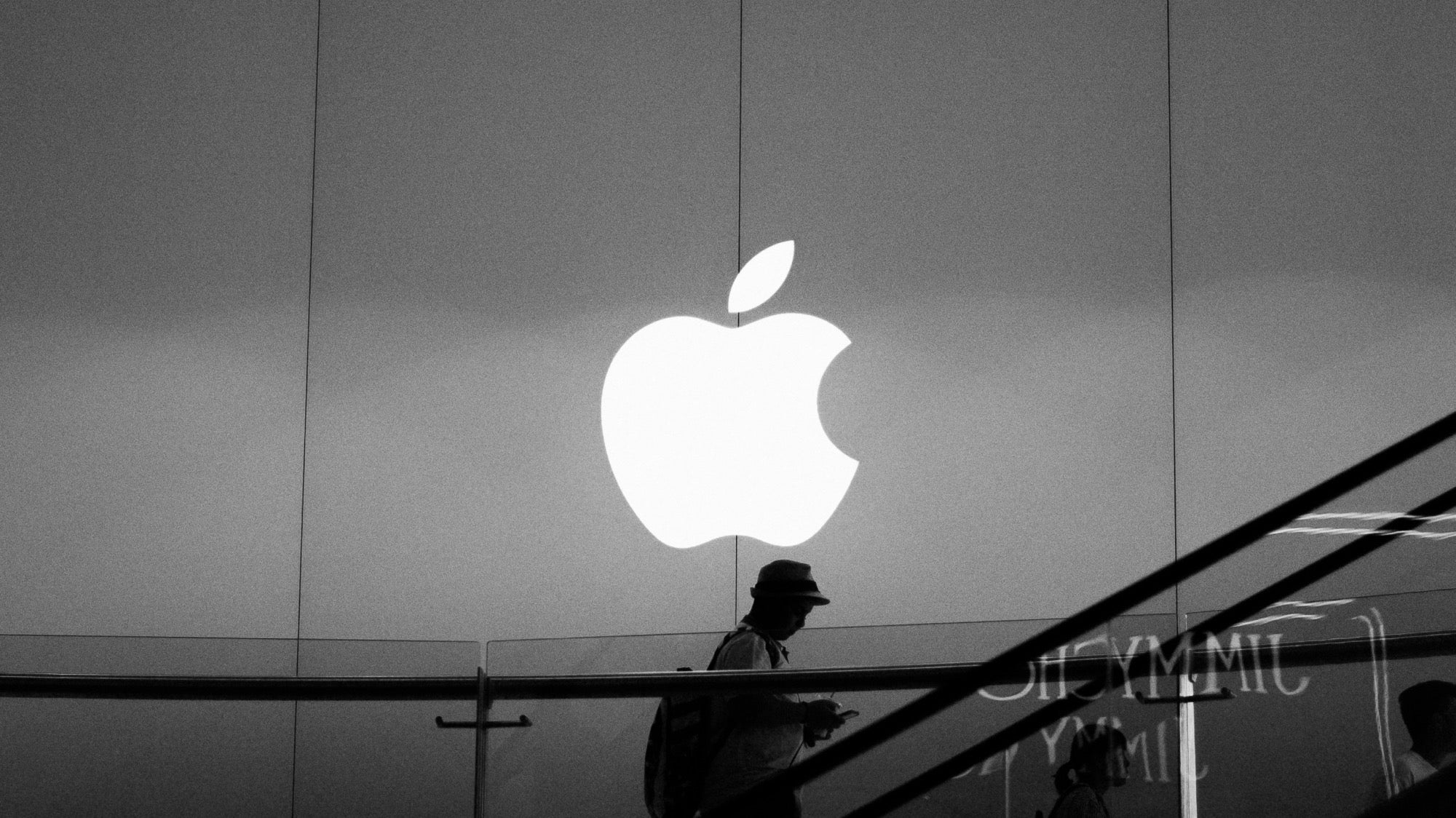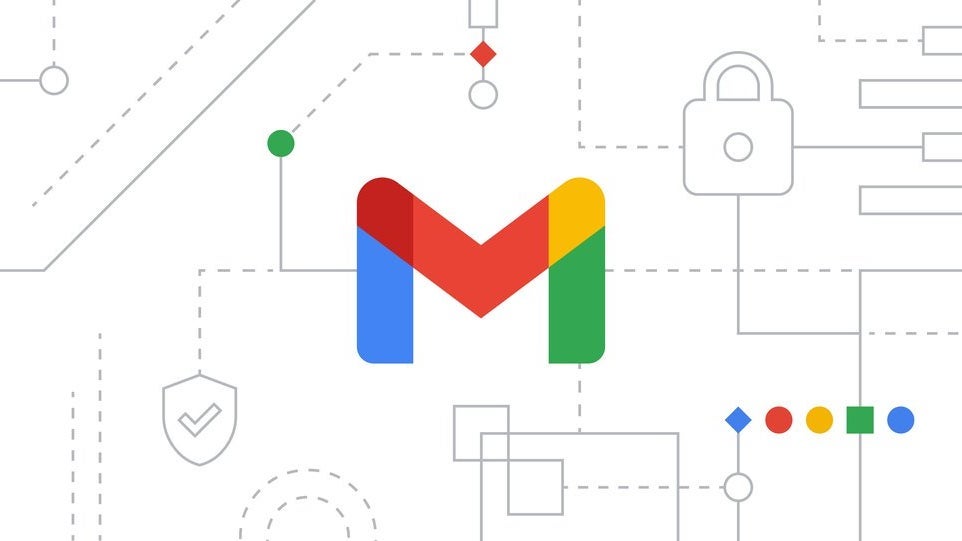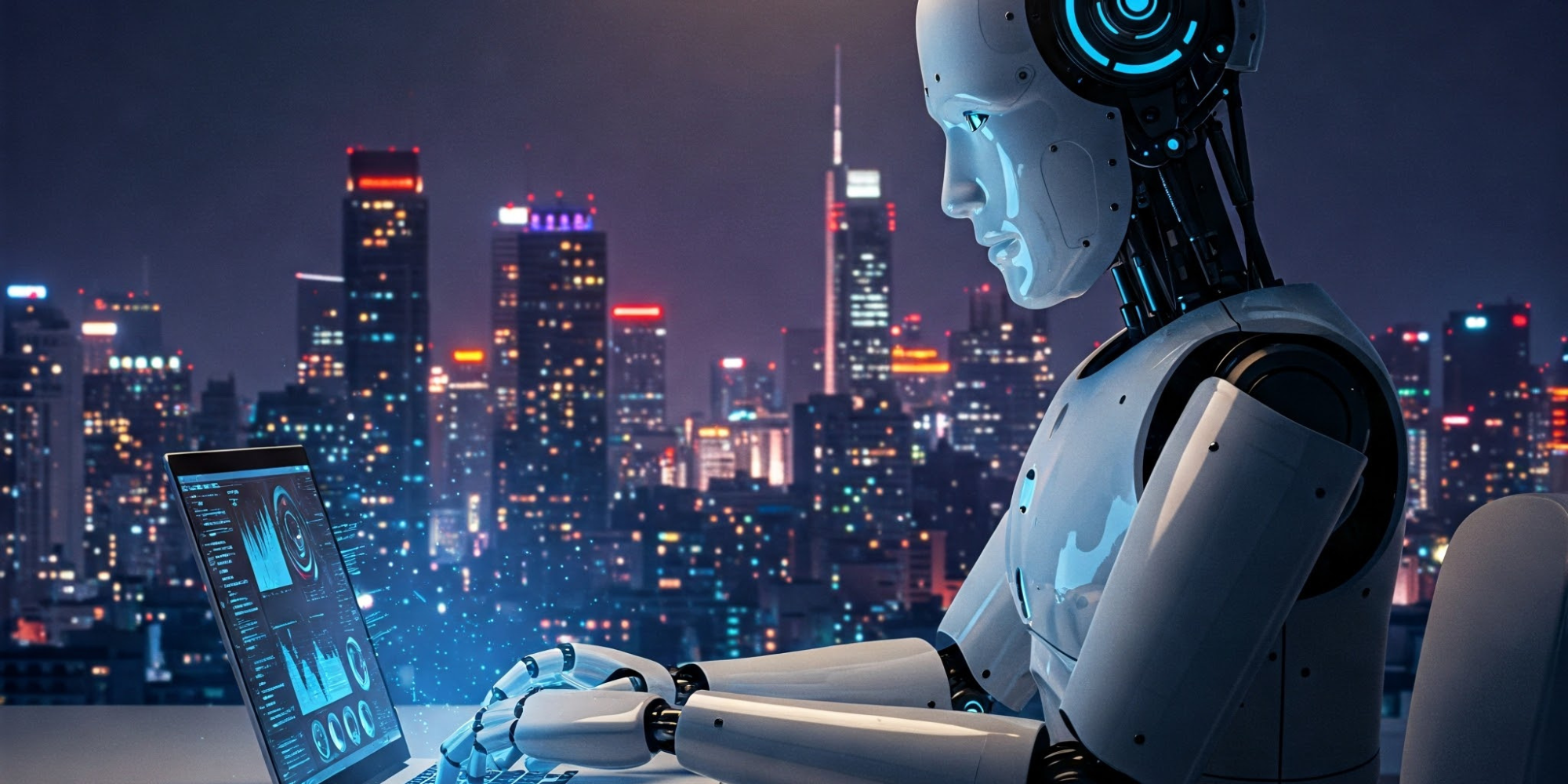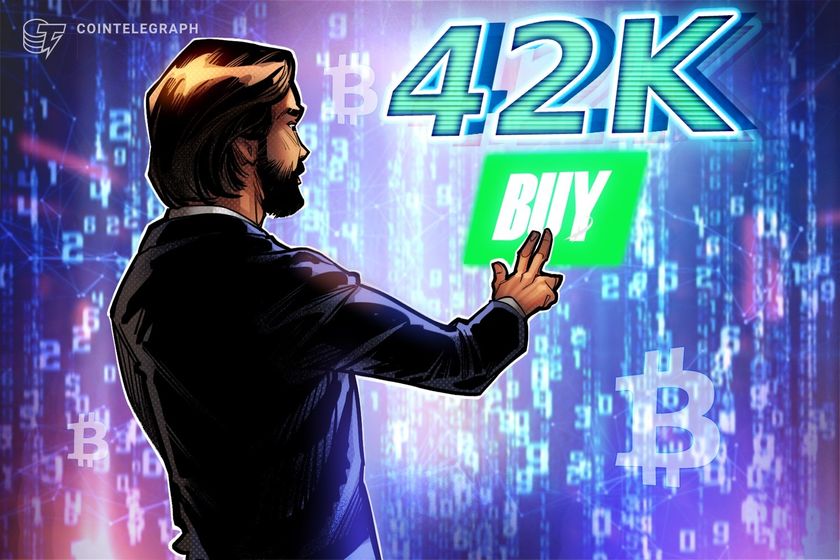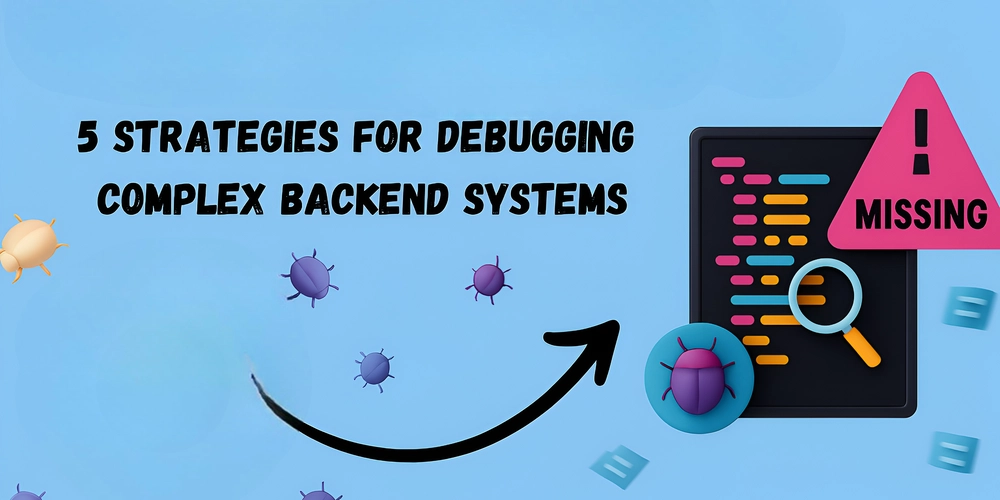How Are Data Science, Data Analytics, And AI Transforming Industries?
Are We Living in the Age of Data-Driven Transformation? In today's internet era, the sheer volume of data generated every day is staggering. From the moment we unlock our smartphones, count steps using smart watches to the instant a transaction is completed online, even with as little as one Kenyan Shilling, data is being produced, stored, and more importantly, analyzed. The convergence of Data Science, Analytics, and Artificial Intelligence (AI) isn't only changing how companies operate but also redefining entire industries. One might ask, beneath the surface of this data revolution, what’s truly happening? How are organizations turning raw data into refined intelligence and 'prophecy'? And what does this mean for the future of work, business, and innovation? In this article, I will explore a part of the endless possibilities that data has achieved that could not have been imagined a decade ago. How data science has helped in seeing what humans can’t. The core idea behind data science is finding patterns where others see chaos. Today, businesses operate in complex, competitive environments where every decision made counts. With the development of machine learning algorithms and predictive analytics, data science has helped organizations identify insights that would otherwise have gone unnoticed. Let us consider the financial industry. Hedge funds and trading platforms now use sophisticated algorithms to predict market movements, identify arbitrage opportunities, and assess credit risks with more accuracy than ever before, minimizing possible mistakes by human calculations. What once took days of manual analysis can now be achieved in minutes or seconds, depending on the amount of data. And it's not just about speed but also precision. Another good example is the healthcare sector. By analyzing patient records, medical literature, and real-time health data, AI-powered systems can predict disease outbreaks, identify early signs of chronic illness, and recommend personalized treatment plans. A human doctor backed by data-driven insights is no longer science fiction; it’s science fact. Is AI the New Backbone of Industry? Artificial Intelligence is no longer a futuristic concept—it’s the backbone of many modern enterprises. Whether it's Natural Language Processing (NLP) enabling chatbots to understand human queries, or Computer Vision allowing machines to detect defects in a manufacturing line, AI is everywhere. In retail, AI is revolutionizing the customer experience. Recommendation engines, powered by deep learning, suggest products based on browsing history, past purchases, and even mood inferred from recent activity. Visual search tools allow customers to upload images and instantly find matching products. The entire shopping experience is becoming more intuitive, efficient, and personalized. Meanwhile, logistics and supply chain management are undergoing dramatic transformation. AI helps forecast demand, optimize routes in real time, and predict potential disruptions due to weather, geopolitical issues, or pandemics. The result? Faster delivery times, reduced operational costs, and enhanced customer satisfaction. How Are Traditional Industries Being Reimagined? Industries traditionally resistant to change are now embracing data and AI to remain competitive. Agriculture, for example, is turning to AI-powered drones and sensors to monitor soil health, crop growth, and pest activity. These insights have enabled precision farming, where every drop of water or ounce of fertilizer is optimized. Construction firms are leveraging predictive analytics to estimate project timelines, costs, and risks more accurately. AI-driven safety monitoring tools use video analytics to identify unsafe behavior on job sites, significantly reducing workplace accidents. Even the legal profession—long associated with piles of paperwork and manual research—is being reshaped. Legal AI platforms now scan thousands of legal documents in seconds, extracting relevant case laws and identifying inconsistencies. This allows legal teams to focus on strategy rather than data gathering. Can Data Analytics Predict the Future? One of the most powerful aspects of analytics is its predictive capability. By identifying patterns and trends, analytics can forecast outcomes with remarkable accuracy. In the energy sector, predictive analytics is used to manage grid loads, anticipate maintenance needs for equipment, and even optimize energy consumption patterns for entire cities. Marketing teams across industries deeply rely on predictive analytics to understand consumer behavior. By analyzing demographics, transaction histories, and social media interactions, marketers can tailor campaigns that reach the right audience at the right time, boosting engagement and conversions. In the public sector, predictive policing is a controversial but growing field. By analyzing crime data, police de
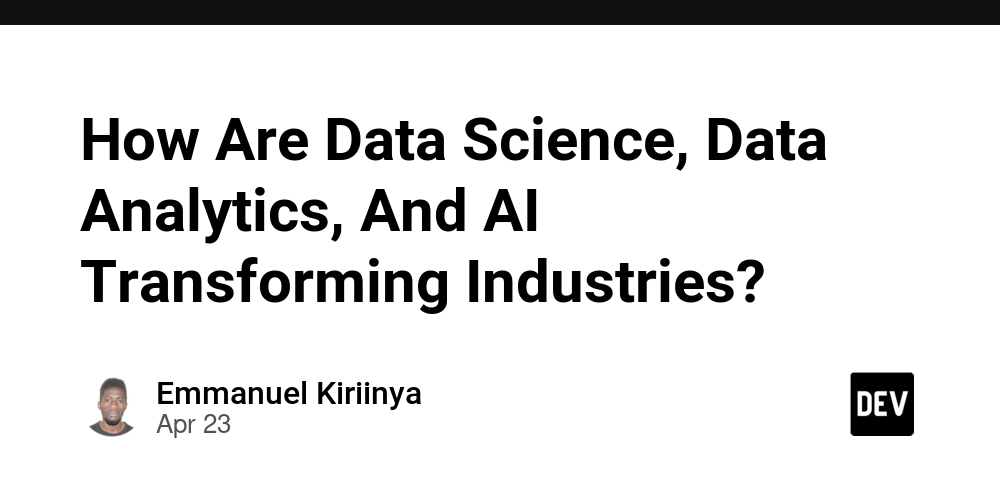
Are We Living in the Age of Data-Driven Transformation?
In today's internet era, the sheer volume of data generated every day is staggering. From the moment we unlock our smartphones, count steps using smart watches to the instant a transaction is completed online, even with as little as one Kenyan Shilling, data is being produced, stored, and more importantly, analyzed. The convergence of Data Science, Analytics, and Artificial Intelligence (AI) isn't only changing how companies operate but also redefining entire industries.
One might ask, beneath the surface of this data revolution, what’s truly happening? How are organizations turning raw data into refined intelligence and 'prophecy'? And what does this mean for the future of work, business, and innovation? In this article, I will explore a part of the endless possibilities that data has achieved that could not have been imagined a decade ago.
How data science has helped in seeing what humans can’t.
The core idea behind data science is finding patterns where others see chaos. Today, businesses operate in complex, competitive environments where every decision made counts. With the development of machine learning algorithms and predictive analytics, data science has helped organizations identify insights that would otherwise have gone unnoticed.
Let us consider the financial industry. Hedge funds and trading platforms now use sophisticated algorithms to predict market movements, identify arbitrage opportunities, and assess credit risks with more accuracy than ever before, minimizing possible mistakes by human calculations. What once took days of manual analysis can now be achieved in minutes or seconds, depending on the amount of data. And it's not just about speed but also precision.
Another good example is the healthcare sector. By analyzing patient records, medical literature, and real-time health data, AI-powered systems can predict disease outbreaks, identify early signs of chronic illness, and recommend personalized treatment plans. A human doctor backed by data-driven insights is no longer science fiction; it’s science fact.
Is AI the New Backbone of Industry?
Artificial Intelligence is no longer a futuristic concept—it’s the backbone of many modern enterprises. Whether it's Natural Language Processing (NLP) enabling chatbots to understand human queries, or Computer Vision allowing machines to detect defects in a manufacturing line, AI is everywhere.
In retail, AI is revolutionizing the customer experience. Recommendation engines, powered by deep learning, suggest products based on browsing history, past purchases, and even mood inferred from recent activity. Visual search tools allow customers to upload images and instantly find matching products. The entire shopping experience is becoming more intuitive, efficient, and personalized.
Meanwhile, logistics and supply chain management are undergoing dramatic transformation. AI helps forecast demand, optimize routes in real time, and predict potential disruptions due to weather, geopolitical issues, or pandemics. The result? Faster delivery times, reduced operational costs, and enhanced customer satisfaction.
How Are Traditional Industries Being Reimagined?
Industries traditionally resistant to change are now embracing data and AI to remain competitive. Agriculture, for example, is turning to AI-powered drones and sensors to monitor soil health, crop growth, and pest activity. These insights have enabled precision farming, where every drop of water or ounce of fertilizer is optimized.
Construction firms are leveraging predictive analytics to estimate project timelines, costs, and risks more accurately. AI-driven safety monitoring tools use video analytics to identify unsafe behavior on job sites, significantly reducing workplace accidents.
Even the legal profession—long associated with piles of paperwork and manual research—is being reshaped. Legal AI platforms now scan thousands of legal documents in seconds, extracting relevant case laws and identifying inconsistencies. This allows legal teams to focus on strategy rather than data gathering.
Can Data Analytics Predict the Future?
One of the most powerful aspects of analytics is its predictive capability. By identifying patterns and trends, analytics can forecast outcomes with remarkable accuracy. In the energy sector, predictive analytics is used to manage grid loads, anticipate maintenance needs for equipment, and even optimize energy consumption patterns for entire cities.
Marketing teams across industries deeply rely on predictive analytics to understand consumer behavior. By analyzing demographics, transaction histories, and social media interactions, marketers can tailor campaigns that reach the right audience at the right time, boosting engagement and conversions.
In the public sector, predictive policing is a controversial but growing field. By analyzing crime data, police departments can deploy resources more efficiently and potentially prevent crimes before they happen. While it raises ethical questions, it undeniably showcases the power of data-driven decision-making.
What Happens When Humans and Machines Collaborate?
The idea that AI will replace humans is a common fear, but the more likely scenario is collaboration, not competition. In many cases, AI augments human capabilities rather than replacing them. Surgeons use robotic systems to enhance precision during operations. Journalists rely on AI tools to transcribe interviews and even generate first drafts of news articles. Financial analysts use machine learning models to validate their projections.
This fusion of human intuition and machine intelligence often produces superior outcomes. It enables professionals to focus on high-value, creative tasks while offloading repetitive or data-heavy work to algorithms.
Importance of Ethics in AI.
As AI and analytics become more pervasive, ethical considerations have taken center stage. How do we ensure that AI systems stay fair, transparent, and free from bias? How do we protect consumer data from misuse or breaches? And who is accountable when an AI-driven decision causes harm?
Responsible AI development involves more than just technical accuracy. It requires diverse datasets, transparent algorithms, regular audits, and inclusive development teams. Companies are now establishing AI ethics boards and investing in explainability tools to ensure that AI decisions can be understood and challenged.
Data privacy is another critical concern. With regulations like GDPR and CCPA in place, businesses must be more transparent about how they collect, store, and use data. Ethical data science practices are not just good PR, they're a business imperative.
Are We Ready for the Next Frontier as a Country?
The evolution of data science, analytics, and AI is accelerating. We’re entering an era where edge computing, quantum analytics, and generative AI could redefine what’s possible.
Imagine smart cities where traffic lights adapt to real-time congestion, energy systems self-optimize based on demand, and emergency services are dispatched using predictive modeling. Envision businesses that use digital twins to simulate every aspect of their operations before implementing real-world changes. Or picture personalized education systems where AI tailors content to each student’s learning style and pace.
These aren’t distant dreams. They are already taking shape in labs, startups, and innovation hubs around the world. Let's hope Kenya's 2025 AI plan will be implemented to help our country not to be left behind in this revolution.
Conclusion: Are You Embracing the Change or Watching From the Sidelines?
The impact of Data Science, Analytics, and AI is profound and irreversible. Organizations that are leveraging these tools effectively are not just surviving, they are thriving. They make faster decisions, operate more efficiently, and offer better experiences to customers and employees alike.
The question is no longer whether data-driven technologies will reshape the world. The real question is, will your organization be ready when they do?
Now is the best time to invest in data skills, infrastructure, and strategy. It’s time to foster a culture that values data-driven thinking and embraces continuous learning. Because in the age of intelligent automation and predictive insights, those who adapt will lead, and those who don’t will surely be left behind.









































































































































































![[The AI Show Episode 144]: ChatGPT’s New Memory, Shopify CEO’s Leaked “AI First” Memo, Google Cloud Next Releases, o3 and o4-mini Coming Soon & Llama 4’s Rocky Launch](https://www.marketingaiinstitute.com/hubfs/ep%20144%20cover.png)
















































































































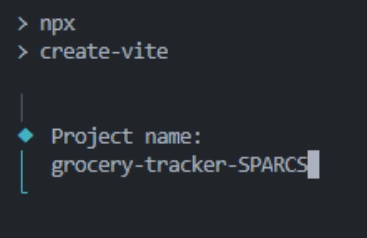
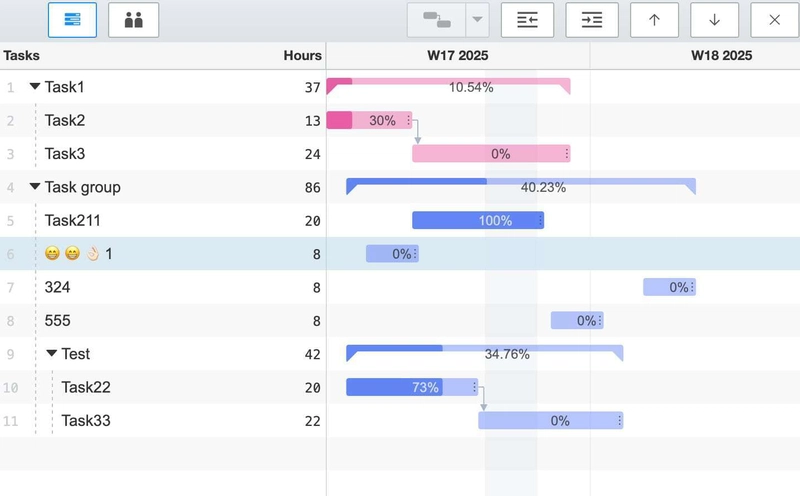
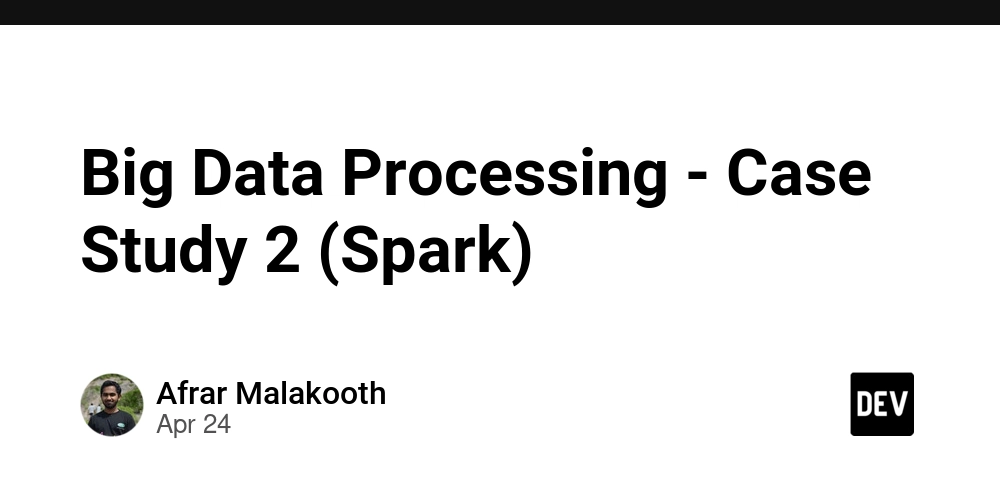






































![Is This Programming Paradigm New? [closed]](https://miro.medium.com/v2/resize:fit:1200/format:webp/1*nKR2930riHA4VC7dLwIuxA.gif)



























































































-Classic-Nintendo-GameCube-games-are-coming-to-Nintendo-Switch-2!-00-00-13.png?width=1920&height=1920&fit=bounds&quality=70&format=jpg&auto=webp#)























_Olekcii_Mach_Alamy.jpg?width=1280&auto=webp&quality=80&disable=upscale#)

























































































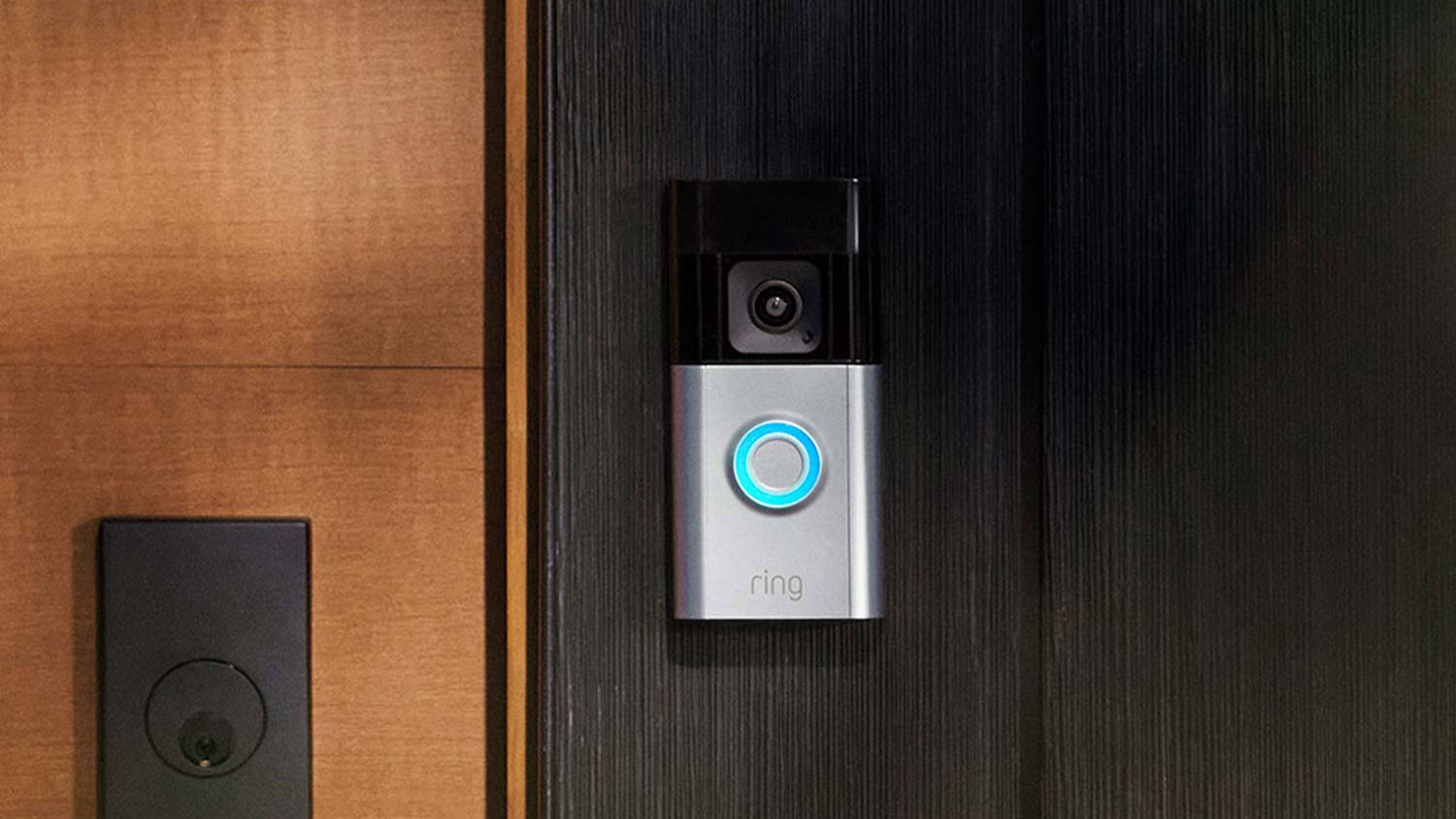


















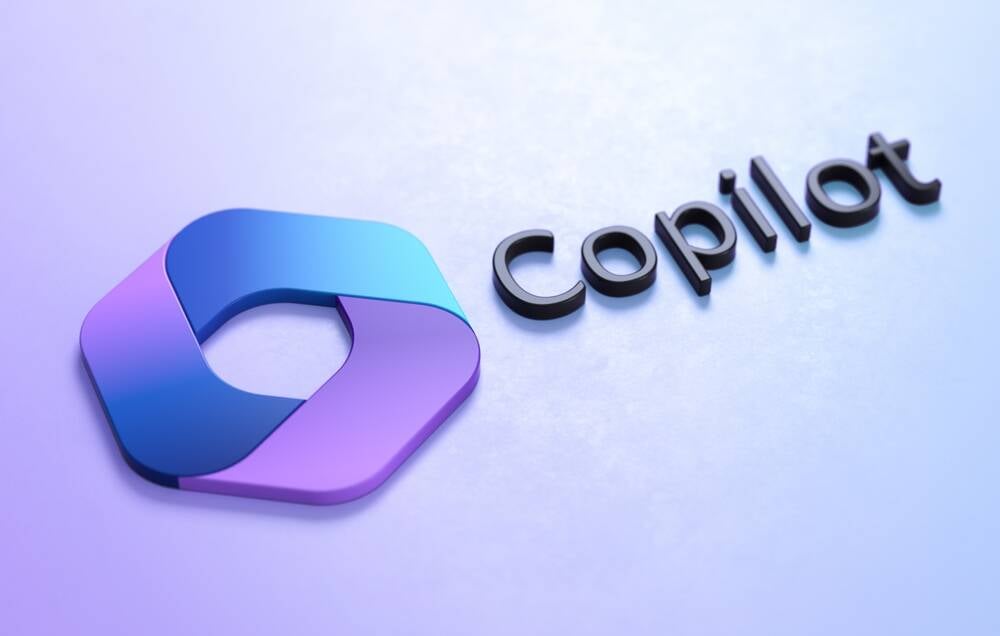


![M4 MacBook Air Drops to New All-Time Low of $912 [Deal]](https://www.iclarified.com/images/news/97108/97108/97108-640.jpg)
![New iPhone 17 Dummy Models Surface in Black and White [Images]](https://www.iclarified.com/images/news/97106/97106/97106-640.jpg)




















































